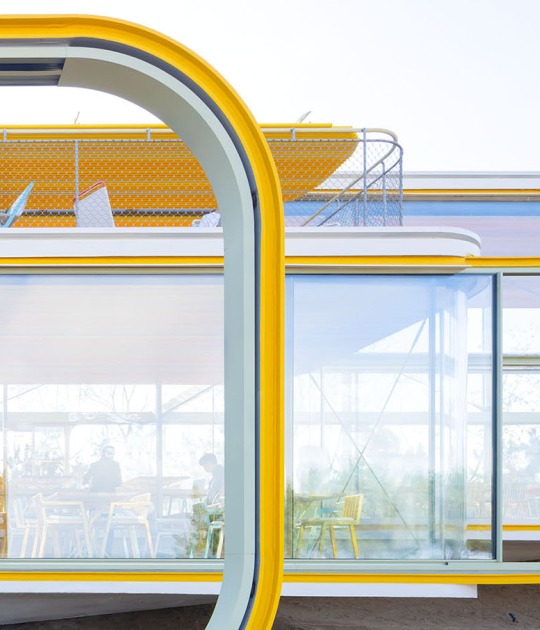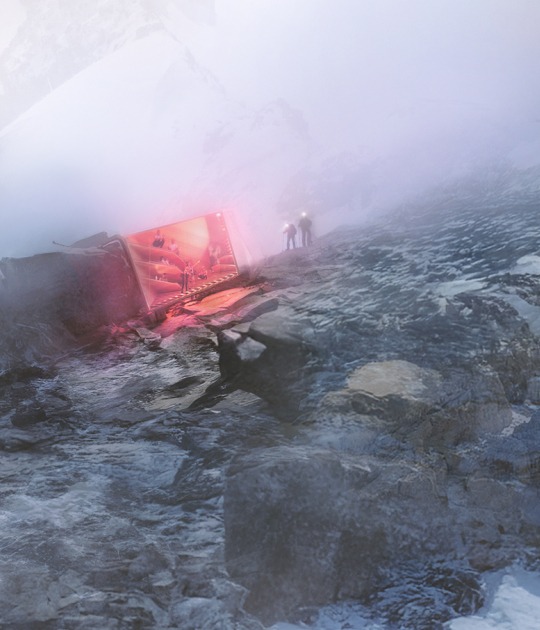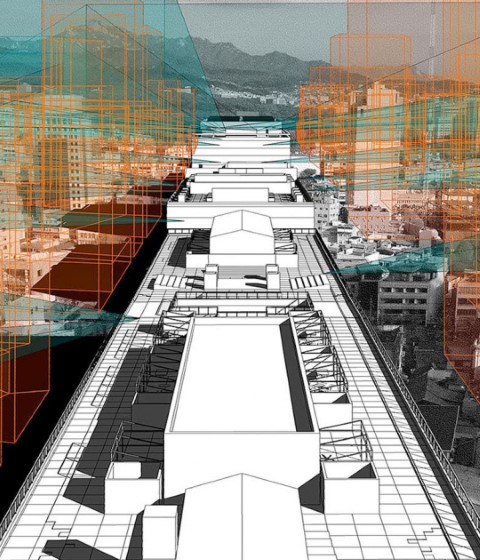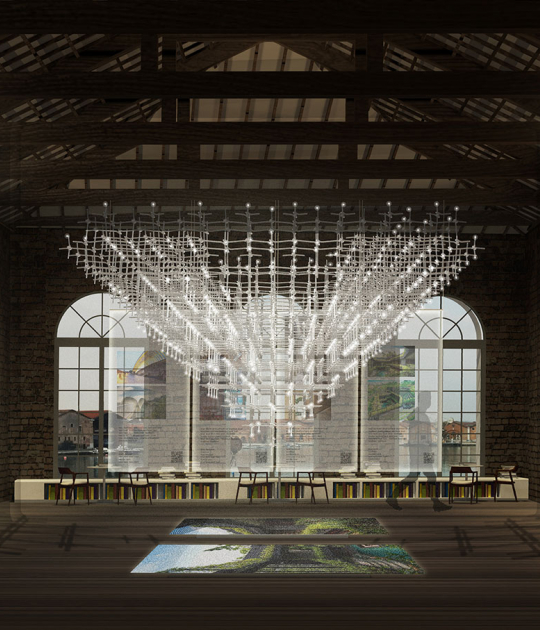Ideas by the authors
Valla Faro! is a project that the collective Desenfreno created for FibART (an exhibition of contemporary art organised by the Festival Internacional de Benicàssim) with the aim of showcasing art in public spaces to transmit the artistic experience onto the general public. Not only do the members of Desenfreno show a measured understanding of the social contrasts that arise on the beach of Benicàssim during the festival; they do so by making use of existing resources, thus responding to the issue from the viewpoint of sustainability and the reutilisation of existing raw materials.
The architects decided to develop a public infrastructure that could accommodate all the different profiles of the users of Benicàssim beach. One typical profile is that of the holidaymaker – defined as someone arriving highly prepared with a towel, sunhat, and folding chairs and tables – that normally comes from their apartment to the beach accompanied by friends and family. The opposite profile type would be represented by the festivalgoer, or Fibber: a poorly-prepared tourist, normally coming from abroad and who is essentially nocturnal and spends the day relaxing on the beach.
Valla Faro! is a temporary installation that satisfies the needs of both of those types of people, allowing for free and flexible use of it. During the day it is a chill-out space (complete with sun-loungers and hammocks) as well as a meeting point and games area, where the tables can be used to eat from or to play a game of cards in the shade. By night it turns into a lighthouse, an illuminated icon that people go to in order to enjoy the nocturnal atmosphere by the sea and to listen to whatever music they feel inclined to play.
In contrast to the normal logic of beach use (that each person sits down on the little area of sand they claim by virtue of putting down their towel) the installation offers a large and well-equipped shaded area that acts as a point for social interaction, thus engendering a feeling of solidarity and an exchange between the different social groups using it.
Because of the reduced budget available for this project the architects decided to work with materials that the local council could supply them with. Construction fences were chosen because of their sturdiness, and also taking into account the abundance of them that could be found in Benicàssim. The fact that they were in plentiful supply simplified considerably their transport to the site, and their sturdiness made them the perfect choice for the type of structure being built. Each fencing unit was assembled into a rigid structure on the beach, which was then bedecked with lighting, a sound system and Wi-Fi for internet access and, finally, fabrics were added to give protection from the sun. Everything else was incorporated by the users themselves.
“Karen recharged her laptop so she could talk with her parents in Manchester through a videoconference.”
“The Gutierrez Medina family took the lunch in the shadow although the wind broke their beach umbrella”.
“A group of teenagers made a YouTube combat by connecting their mobile phones.”
“A local DJ brought his sound system with him and started to play music for friends.”
CREDITS
Year 2012
Authors: Colectivo Desenfreno. Collaborators: Familia Mesanza, Mestres and Bilbao.
Venue: Benicássim, Castellón. Spain.
Developer: Festival Internacional de Benicássim
Materials: building fences.
Size: (height x width x depth.) Variable.





































